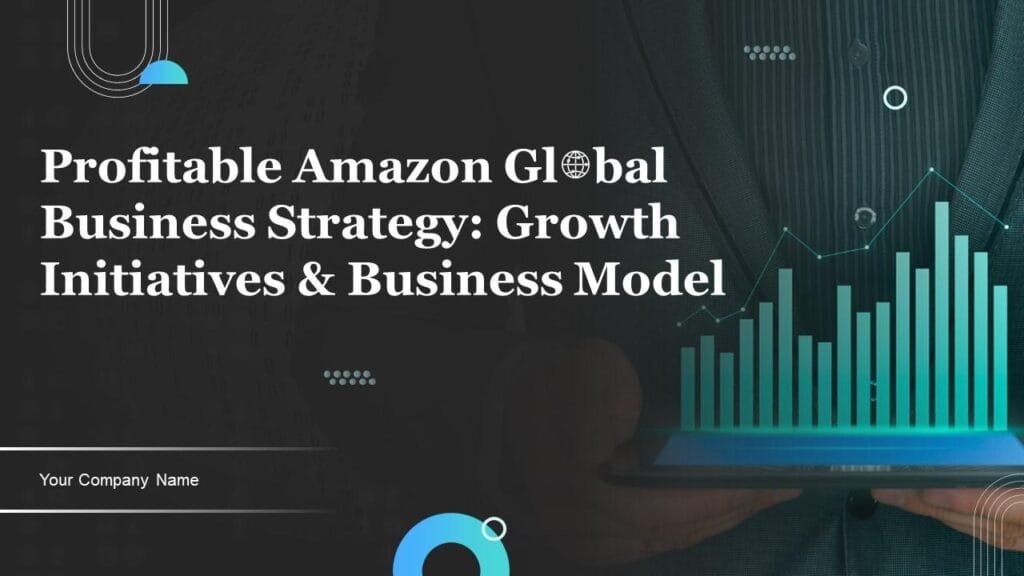Wireline tractors have shaped downhole intervention in some surprisingly serpentine ways. Before the 1990s, deploying tools in deviated wells borrowed from gravity’s limited generosity-slickline and electric line simply slid via gravitational pull, with little hope for effective navigation deep within horizontal branches. Operators resorted to coiled tubing when the well geometry refused cooperation, but that delicate ballet involved a menagerie of heavy gear, bulky crews, and logistical gymnastics. For jobs that didn’t require pumping fluids-just tool conveyance as precise as threading a needle on horseback-coiled tubing could be overkill, akin to frying a single egg with an industrial torch.
To address this mismatch between need and deployment difficulty, engineers conceived wireline tractor technology. The first generation tractors emerged just as high-angle drilling became favored for squeezing hydrocarbons from stingy reservoirs without carpet-bombing the earth’s surface. By leveraging electrically powered traction mechanisms embedded into e-line toolstrings-as though adding tracks to a train car-the tractoring modules chaperoned logging tools or perforating guns across otherwise impassable well geometries.
The immediate benefits were subtle but deep-rooted. Suddenly operators could plan interventions with nimbler timing-arriving at depth without weeks of coordination-and mitigate personnel risk since smaller teams could execute complex tasks underground rather than on crowded rig floors. Operators note that the transition led not only to improved productivity metrics but also trimmed their environmental footprints; fewer trucks idled on-site waiting for coiled tubing spreads.
By the late 2000s an intriguing inversion occurred: what began as “bring the tool there” evolved toward full mechanical capability at depth. Engineers started bolting milling heads to these machines and even attempted scale removal jobs or bridge-plug retrieval using pure wireline power rather than hydraulic muscle memory from aboveground pumps. A report from an Indonesian offshore campaign described how previously impossible manipulations-like enlarging nipple profiles inside three live wells-became routine by exploiting fine control over wheel force and rotational torque delivered by upgraded tractors operating under real-time telemetry feedback.
That said, one crucial aspect (often overlooked) remains: each incremental improvement spawned entirely new failure modes along with its promise. Real-time pressure data obtained while tractoring highlighted abrupt changes during operations-not all was smooth ramp-up or gentle descent into deeper zones; sometimes distributed acoustic networks lit up like pinball machines during awkward phase transitions at certain connections. In fact-I’d almost forgotten-the reliance on telemetry can sometimes mislead if communications lag behind actual conditions downhole.
One oddly poetic innovation deserves mention: modularity took center stage as newer tractor models accepted plug-ins such as casing collar locators (CCLs), accelerometers, explosive safety modules (unlikely allies sharing contiguous housing), and custom release tools designed like intricate lockets worn close by royal jewelers. The underlying logic appeared recursive-as if every functionality invited another add-on like socks accumulating tumbleweeds after laundry day.
Most recent systems deliver remarkable flexibility-they’ll happily crawl through holes bathed in temperatures exceeding 325°F or survive pressures beyond 25k psi while logging massive swaths at up to 100 feet per minute-a brisk pace where seconds save thousands per operation day. However advanced these electricians’ horses may appear now (and it’s amusing when marketing calls them ‘agile’ upon first impression), operational nuances mean genuine expertise still trumps automation given half a chance.
It’s worth pausing momentarily on track wear patterns versus normal wheel force adjustment-a minor technical argument divides some practitioners about whether increased roller aggressiveness always augments clearance around stubborn restrictions; practical experience suggests too much zeal shaves off metal meant never for daylight contact.
Meanwhile, somewhere out in left field tangentially related developments play out spanning produced water handling schemes-with interval ECD calculations adjusted manually before algorithms caught up-not exactly part of core wireline-tractor tech history yet somehow atmospherically attached via shared downhole measurement heritage.
Wireline-tractor evolution is anything but linear: trajectories loop back upon themselves much like cable reeled errantly onto drums after hasty retrievals following surprising tractor stalls. Are we moving quickly toward full autonomy? Maybe next year will see tractors making unilateral choices about navigation paths mid-run-instead of waiting politely for surface command signals-but then again maybe decision fatigue among human supervisors will keep old habits alive longer than expected.
If you’re keeping score: modern wireline tractors reliably ferry explosives into tortuous side-pockets one week then reclaim shattered packers caked with scale fragments the next-all while capturing enough data on speed modulation and normal force algorithms to make any diligent engineer crave just five more minutes alone with post-job printouts before coffee break ends.
What began in response to geometry has produced its own topology of innovation cycles-not always converging sensibly nor revealing clear edges between mechanical imagination and digitally mediated precision. Yet stepping back for perspective akin to observing calligraphy strokes forming unexpected rivers recalls an old saying once overheard among seasoned field hands: sometimes “it takes fiddling sideways before walking forward.”


